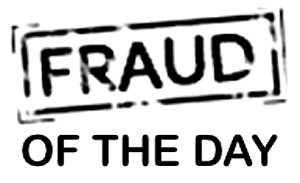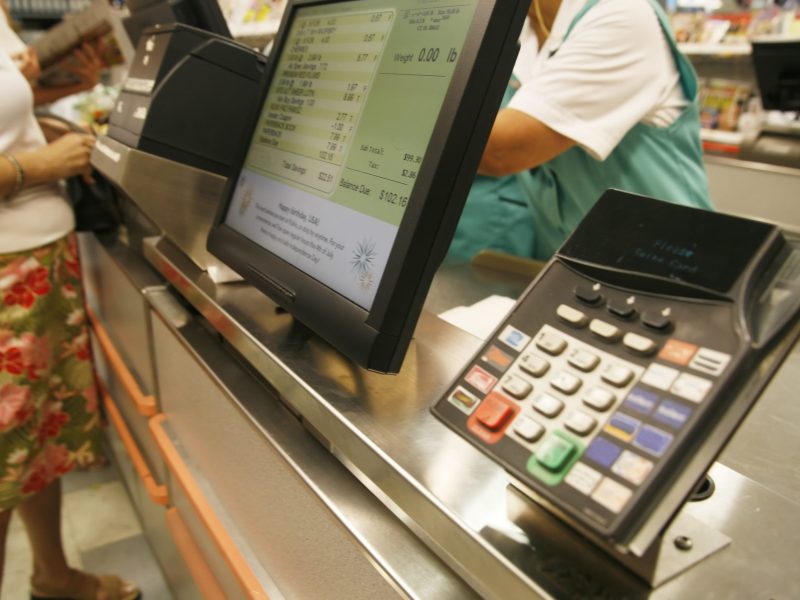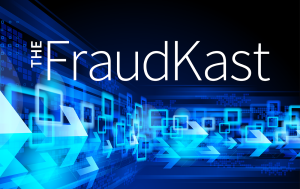This is the first in a special blog series featuring top fraud trends predicted for 2023.
In today’s increasingly digital world, fraud trends are constantly changing and evolving. New schemes are introduced regularly, and it can be very challenging for organizations to keep up. This is exacerbated by the fact that the digital landscape offers criminals an added layer of anonymity, drawing more people towards engaging in these illegal activities. Modern fraudsters are better organized, technologically savvy, and more agile than they’ve ever been before.
Facing this reality, it is imperative that organizations remain vigilant in the fight against crime. To this end, we are dedicating the next eight days to cover fraud trends in 2023 and the solutions to combat them. Join us as we explore each threat in detail. Here are our predictions for the top trends to most likely impact fraud budgets in the coming year:
- SNAP Fraud
- Medicare/Medicaid Fraud
- Social Security Fraud
- Tax Refund Fraud
- Student Loan Fraud
- DMV Fraud
- Mail Fraud – USPS
- Business Identity Theft
This year shows that bad actors will continue to innovate and look for opportunities to exploit vulnerabilities in the U.S. government programs. The pandemic crisis and a spike in new claims has made fraud in food assistance programs a growing concern. The number of individuals in the United States participating in the Supplemental Nutrition Assistance Program — formerly known as Food Stamps — sharply increased from 35.7 million in 2019 to nearly 40 million in 2020, when the COVID-19 pandemic hit. The number continued to rise in 2021, reaching about 41.5 million. And fraudsters see opportunity with numbers like that! So much opportunity, that the USDA actually issued warnings in the fall of 2022 warning the public to be wary of the rampant increase in Electronic Benefits Transfer (EBT) scams.
How are bad actors getting all this information to facilitate unauthorized access to government benefit accounts? By using tools like malware. It goes like this: A beneficiary receives an EBT card (basically a pre-debit card) that can be used to buy food and they also get access to a smart phone app to check their SNAP balance. A beneficiary gets a text message or email from a person claiming to work for a government agency, claiming that fraudulent activity occurred on the victim’s account and needs to click on a link to reset their password. The beneficiary enters their account information to change the password and it’s all over. Literally. The fraudster has everything he needs. And that beneficiary now becomes a victim.
Every $1 of benefits lost through fraud costs SNAP agencies $3.72. This includes additional costs related to internal labor (for detection, investigation, reporting) and administrative tasks (for data exchanges, etc.). That is $3.72 towards no solution. The victim has lost out on the benefit and the fraudster has moved on. Prevention is key to government agencies stopping fraud.
Check out the LexisNexis® True Cost of Fraud™ Study for Supplemental Nutritional Assistance Program (SNAP) Agencies for a deeper dive into SNAP fraud.




